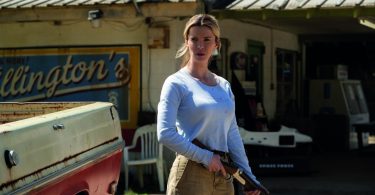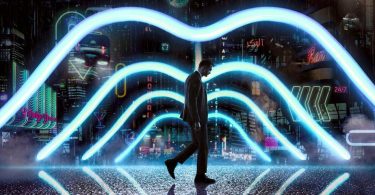The age old battle between man and ape continues in Dawn of the Planet of the Apes, the latest installation of the monkey movie franchise.
The age old battle between man and ape continues in Dawn of the Planet of the Apes, the latest installation of the monkey movie franchise. Over 40 years since the films first hit our screens, it seems the concept of an ape invasion hasn’t run out of steam just yet.
Simian Flu
After a fierce outbreak of simian flu has wiped out the majority of the population and destroyed civilisation as we know it, only a small group of survivors remain. One colony in San Francisco is desperately running out of power, power essential in order to make contact with possible survivors across the globe.
Reclaiming the use of a hydro-electric dam is their only hope, but in doing so they disturb the tranquillity of a tribe of apes lurking in the forests nearby. Peace between the two mammal species lies on a tenterhook throughout the rest of the movie – or in reality, on the pull of a trigger.
Balancing sympathies
The film artfully balances sympathies between the two tribes throughout, and doesn’t force its audience in to feeling sorry for the humans. The true villain of the story may be the bitter and vengeful bonobo Koba (Toby Kebbell), but we’re made well aware his dark nature is due to the torture he suffered at the hands of humans. It’s difficult to definitively point the finger at either species.
Spectacular action
The action scenes are spectacular, and mostly spot on. Caesar (Andy Serkis) and Koba’s intense fight for leadership on top of a San Francisco tower block is beautifully crafted and intensely gripping, but director Matt Reeves misses the mark when trying to make the apes too human-like.
A dramatic scene showing the war-mongering Kobo leaping through a wall of flame atop his black stallion, as he charges towards a shower of machine gun pellets, was just too unrealistic to be taken seriously.
The actions of the monkeys isn’t always so clumsily handled though, and with their basic grasp of human speech and advanced use of sign language, the portrayal of the simian tribe is authentic and convincing.
There is a strong emphasis on the character and emotions of the apes. The honourable and proud leader, Caesar, his son, the naïve and vulnerable Blue Eyes, and a personal favourite, Maurice, the wise and kind-hearted orang-utan. The fact that this is mainly achieved through visual effects, rather than dialogue, makes this an even greater achievement.
Gripped throughout
The plot isn’t overly elaborate, and doesn’t take in mammoth amounts of space or time. The pacing is fast enough to keep you gripped throughout, but slow enough to allow for more subtle and less sensational scenes – Caesar’s newly born son delightedly scampering over the humans for example, and Malcolm (Jason Clarke), the leader of the humans trying to build a relationship with the monkey tribe, placing his forehead against Caesar’s in sign of unity.
It is these small details which give the movie a moving humanity, and save it from joining the pile of hollow, emotionless blockbusters.
A success
What makes Dawn of the Planet of the Apes a success is its perfect balance between breathtaking cinematic effects and a heart-wrenchingly gripping story, with meaningful portrayals of characters on both sides of the evolutionary divide.
We’ve witnessed the progression of the Planet of the Apes for decades, a progression which has mirrored the development of filmmaking as a whole, and with war looming on the horizon, it seems more is yet to come from our simian counterparts.
What do you think of Dawn of the Planet of the Apes? Have your say in the comments section below.








